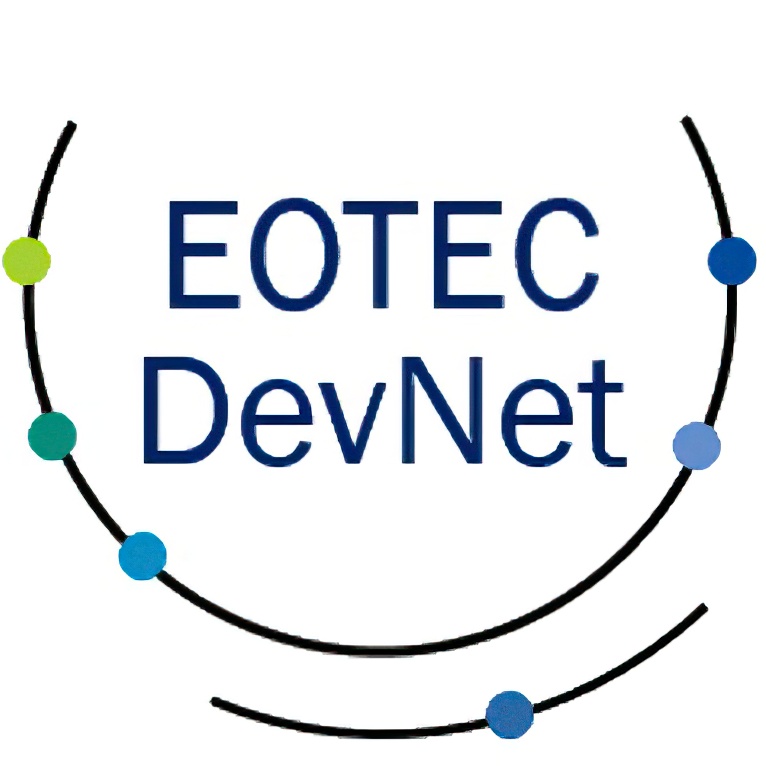This introductory webinar series will cover the fundamentals of Solar Induced Fluorescence (SIF) and LIDAR, their applications, and an overview of different satellite data sources that are openly available. In addition, it will also include a step-by-step guide on how to access, open, and interpret SIF and LIDAR data. It serves as a strong proxy to gross primary production (GPP), capturing dynamic responses of vegetation to stressors such as drought and temperature.
LIDAR is a sensor system that illuminates a target and measures distance through the time taken for a pulse to reflect back to the sensor. LIDAR can be used to generate topography and vegetation height maps and retrieve digital elevation data necessary for flood modeling and vulnerability, along with risk analysis. They are valuable datasets for disaster assessment of debris deposition, vegetation loss, and flooding.
